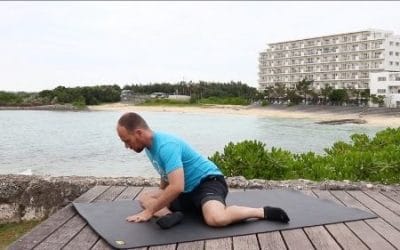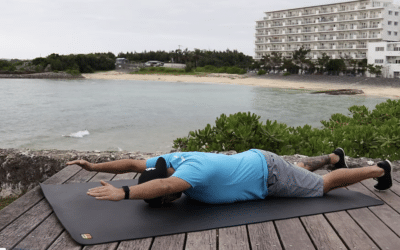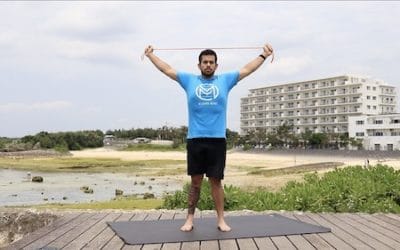Calf Eccentrics
Calf Raise Eccentrics
Calf eccentrics, also known as calf raise eccentrics or calf raise negatives, are an excellent exercise to strengthen the calves while improving ankle stability and mobility. By focusing on the slow, controlled lowering phase of a calf raise, this exercise targets the gastrocnemius and soleus muscles to develop strength and flexibility, which are crucial for athletes and fitness enthusiasts alike.
Ideal for sports requiring explosive lower-body movements, like running, basketball, and weightlifting, calf eccentrics enhance calf muscle endurance and reduce the risk of Achilles tendon injuries. By emphasizing the eccentric phase, this movement improves tendon resilience and corrects muscle imbalances, promoting better posture and more efficient movement patterns.
Calf eccentrics can be easily integrated into any fitness routine, allowing you to adjust the weight, range of motion, and tempo to suit various fitness levels. Incorporating them regularly will help strengthen the calves, enhance ankle stability, and improve overall lower-body power and flexibility for optimized performance.
Equipment Needed:
Step, stair, box, brick, etc
Instructions for calf raise eccentrics:
- Stand on a step with the ball of your foot so that your heel and midfoot are hanging over the edge
- On 2 feet push up onto the ball of your foot (2 leg calf raise)
- Remove one foot and slowly lower your heel down as far as you can go (5-second count)
- Once you can’t go any further bend your knee forward, stretching the calf even more
- Use 2 feet to return to the top position and repeat the movement
- Perform the prescribed reps then switch sides
Common Errors with calf raise negatives:
- Make sure to use 2 feet to raise yourself up. If you are only using one you may “burn out” your calf muscles and not be able to complete the exercise
- Many people get carried away in getting the movement done and don’t go slow enough. Make sure you are lowering yourself slowly over at least a 5-second count
Progressions / Regressions:
If this is too challenging:
- N/A
If you want more of a challenge:
- Go slower
- Perform more reps
Related Exercises
90/90 Hip Stretch
90/90 Hip Stretch90/90 hip Stretch The 90/90 hip stretch is a powerful exercise designed to improve hip mobility, flexibility, and overall lower body function. This stretch targets the hip internal and external rotators, and the glutes, making it ideal for athletes...
Prone Angel
Prone AngelProne Angel The prone angel is a powerful exercise designed to improve upper back strength, shoulder stability, and overall posture. Performed while lying face down, this movement mimics the motion of making snow angels. It specifically targets the scapular...
Band Pass Through
Band Pass ThroughBand pass through The band pass through, also known as the band shoulder pass through, is an effective exercise designed to improve shoulder mobility, flexibility, and stability. This exercise involves using a resistance band to perform a controlled,...



